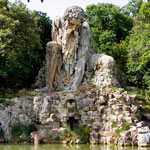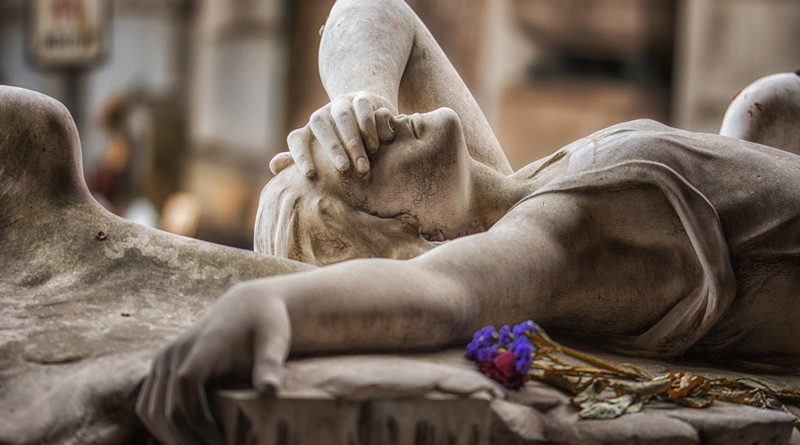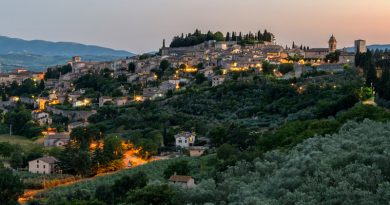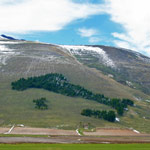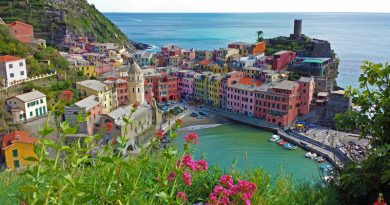Top 8 Most amazing cemeteries in Italy
Cemeteries are not commonly considered places of beauty and introspection. Yet, some of them, the Italian Cimiteri Monumentale (Monumental Cemeteries) are true artistic landmarks.
Testimonies of a time long gone, they inspire reflection and compassion, providing a glimpse into individual stories and major historical events. The naturally introspective atmosphere of a cemetery shifts one’s focus of energy from action to contemplation. They are an ideal place to sit and think or wander quietly through the alleys enjoying what Edgar Allan Poe called “intervals of tranquility”, in the Maelström of everyday life. There is probably no other place where the saying “carved in stone” leaves as much of an impact.
In this article we will explore some of the most beautiful cemeteries of Italy featuring some of the most amazing pieces of the Italian 19th century cemetery art, whose influence, in some cases, extends well beyond the boundaries of the graveyards.
1. Monumental cemetery of Staglieno, Genova
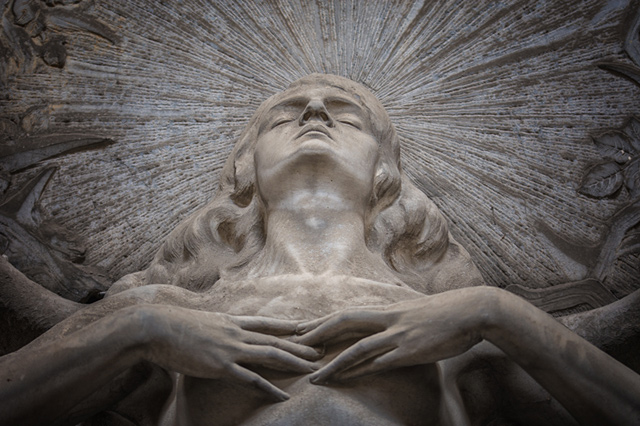
The monumental Cemetery of Staglieno is located on a hillside in one of the eastern districts of Genoa. It is one of the largest of Europe, covering over a square kilometer. The cemetery features hundreds of striking marble sculptures and monuments to the famous citizens buried here.
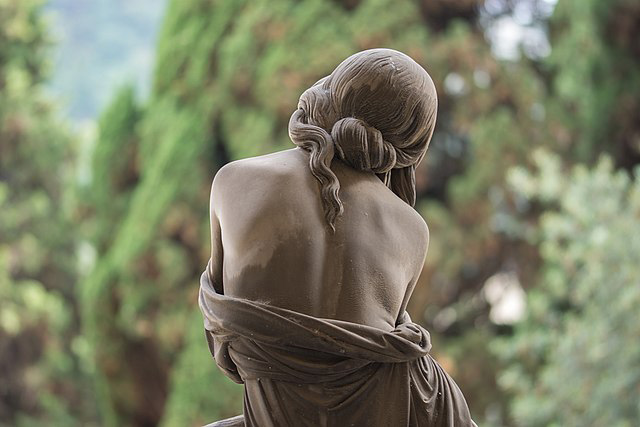
Its striking beauty and peaceful atmosphere was much appreciated by the philosopher Nietzsche who mentioned the Staglieno as even more beautiful than in his dreams and as “the most beautiful among the worlds most beautiful” in his letters to his friend the German author Heinrich Koselitz and his mother and sister respectively.
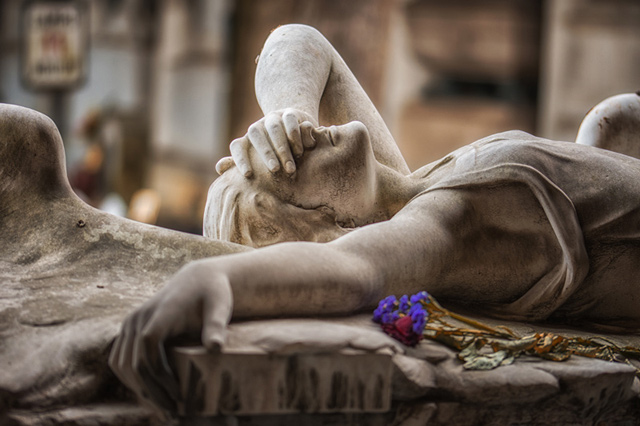
The statue of the Ribaudo family tomb, by Onorato Toso (1910), became world famous when a 1978 photograph of the angel by Bernard Pierre Wolff was used for the cover of the Joy Division single album Love Will Tear Us Apart.
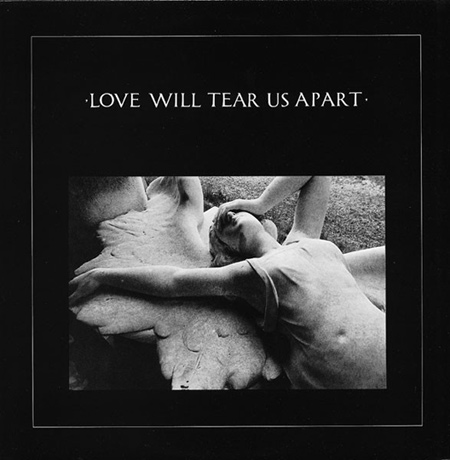
2. Monumental cemetery, Milan
The Cimitero Monumentale of Milan is one of the largest cemeteries of Milan, located on the eponymous square, renowned for its abundance of artistic tombs and monuments, from different artistic influences going from Greek temples to neo-medieval and contemporary art. Designed by the architect Carlo Maciachini and opened in 1866, it comprises many tombs of noted industrialists, famous writers, artists and politicians, and also more surprising ones, such as the father of Albert Einstein. Not to be missed among the many beautiful pieces of cemetery art is the striking Tower-of-Babel-like tomb of the industrialist family Bernocchi.
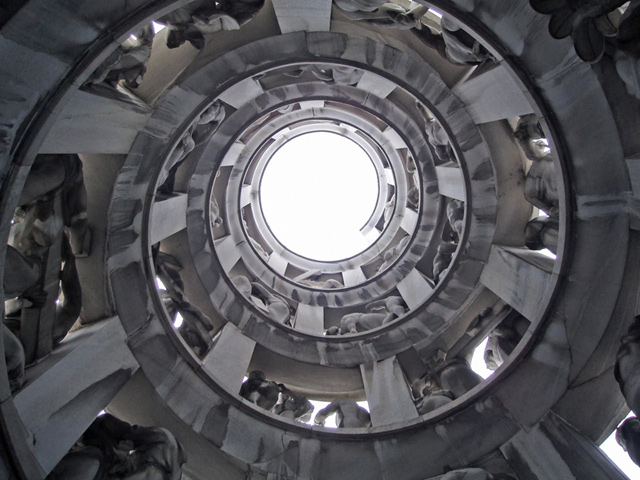
There is also a Famedio, a kind of Hall of Fame or Pantheon housing the tombs of the city’s and country’s most honored citizens, such as the Nobel prize winner and poet Salvatore Quasimodo and the novelist Alessandro Manzoni, famous author of The Betrothed.
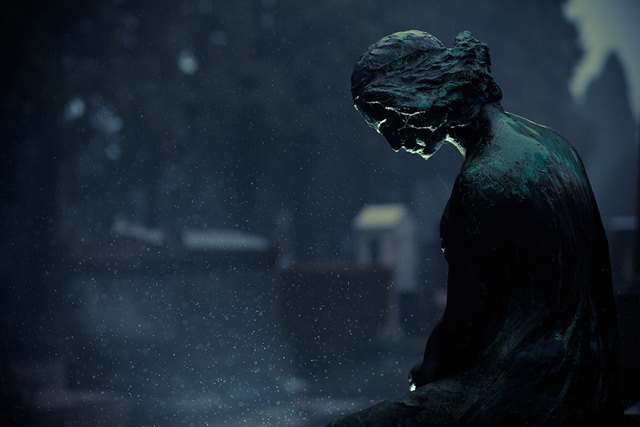
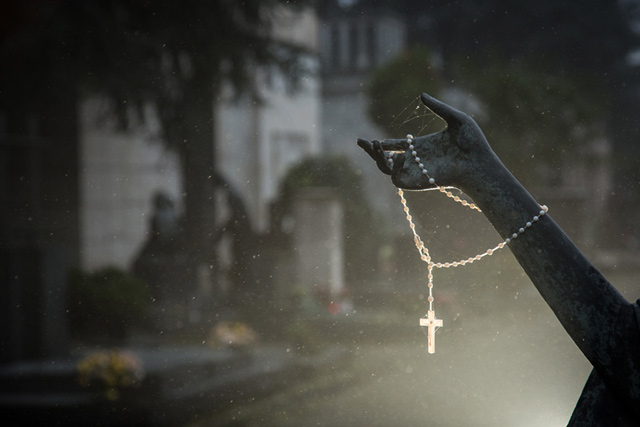
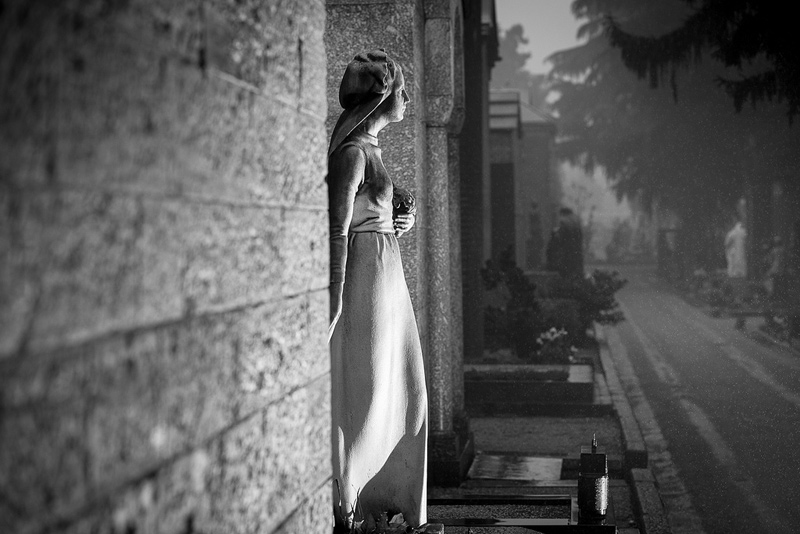
3. Cimitero Acattolico, (near the pyramid) in Rome
Located in the Testaccio district, the Cimitero Acattolico was originally built for citizens of non-catholic communities (hence the name acattolico), as members of other faith traditions could not be buried inside the city walls. With the time the cemetery became also known as the “Cimitero degli inglesi” (Englishmen’s cemetery) because a lot of Englishmen who had made Rome their home city were buried here, among whom the poets John Keats and Percy Bysshe Shelley.
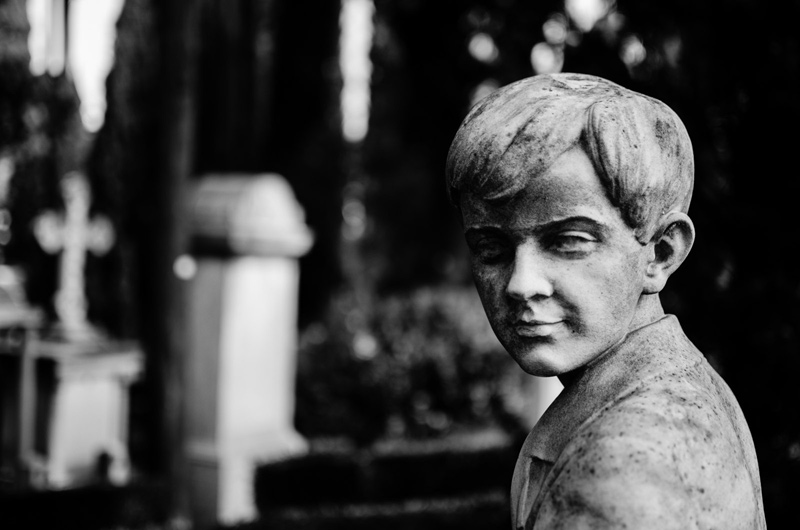
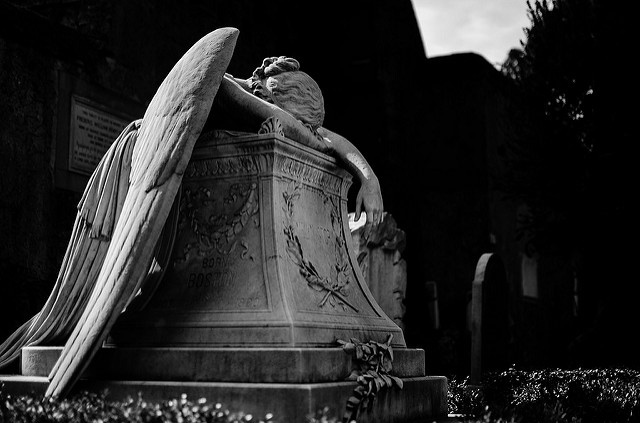
The famous Angel of Grief sculpture by William Wetmore Story (1894) is probably the only piece of cemetery art that has been replicated more than forty times, decorating funerary monuments all over the world, and featured in other art forms as well. It appears on several heavy metal and rock bands album covers, among which Evanescence EP by Evanescence (1998), The Edges of Twilight by the Canadian Rock band The Tea Party (1995), Embossed Dream in Four Acts by the Greek heavy metal band Odes of Ecstasy (1998) and Once by the Finnish symphonic metal band Nightwish (2004).

4. Monumental cemetery, Certosa di Bologna
Officially opened in 1801, the Certosa Monumental cemetery is one of the oldest in Europe. It was established in an ancient monastery of Carthusian monastery dating from the fourteenth century, which in turn was built on an Etruscan necropolis.
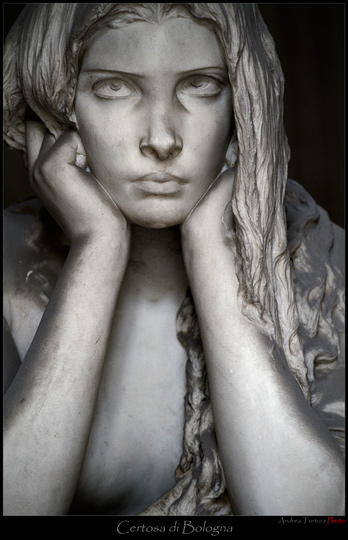
The monumental tombs painted in tempera, or made of stucco and scagliola make this burial place feel like an open-air-museum, which was praised by Byron, Stendhal and Dickens. Famous people buried here include Giosue Carducci, the first Italian to receive a Nobel prize in literature, Carlo Broschi, the Italian castrato opera singer known as Farinelli, the singer Lucio Dalla, composer of Caruso, and the founders of Maserati and Ducati, among others.
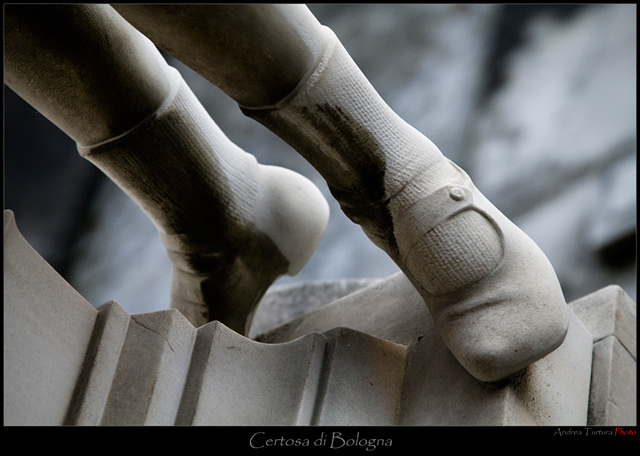
Unlike most Italian cemetery sculptures representing a grieving or praying spouse the character’s posture and attitude from the Monumento di Raffaele Bisteghi (see below), is rather unique. The strength and serenity expressed by this character are not often seen in Italian cemetery art of the 19th century.
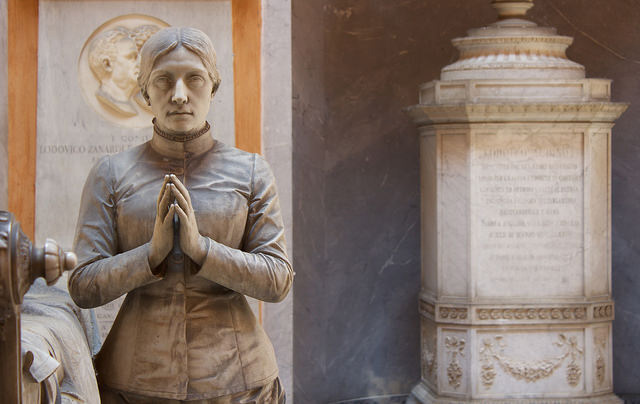
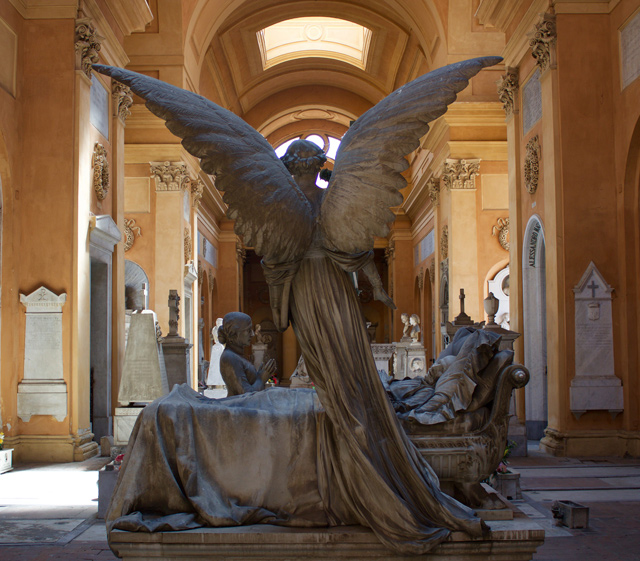
5. Camposanto Monumentale, Pisa
The Camposanto is believed to have been built around a shipload of sacred soil from Mount Calvary, brought back to Pisa from the Fourth Crusade by Ubaldo Lanfranchi, archbishop of Pisa in the 12th century, hence its name (literally “holy field”).
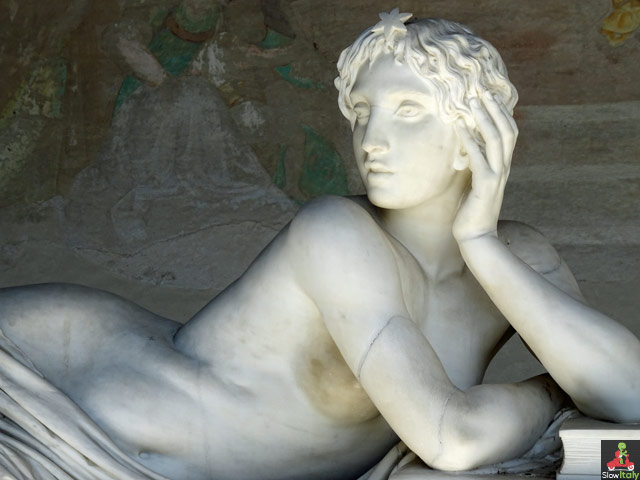
Striking in this austere environment is the beautifully sensual sculpture of The Science on the tomb of the Italian mathematician, physicist and astronomer Ottaviano Mossotti.
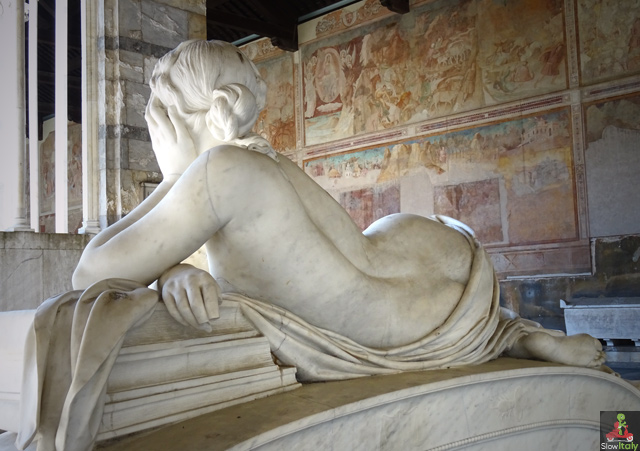
6. Cimitero Monumentale del Verano, Roma
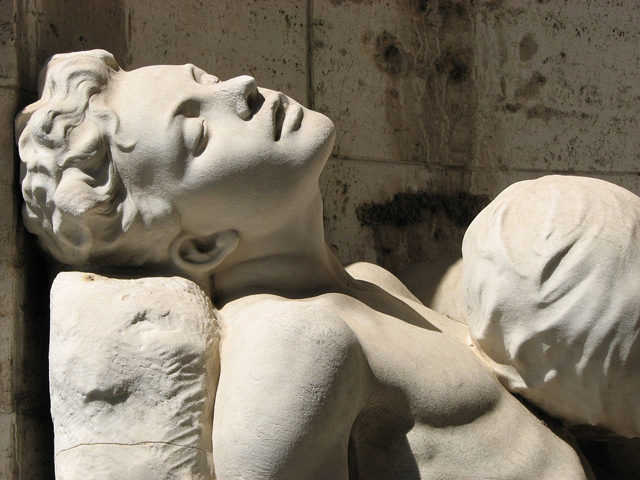
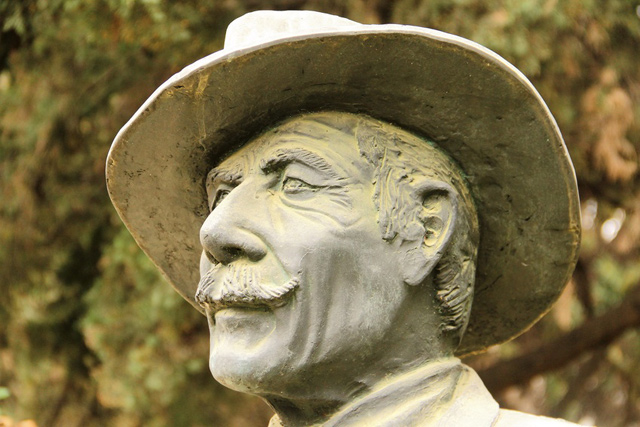
7. Cimitero Monumentale delle Porte Sante, Florence
The Cimitero Monumentale delle Porte Sante is a monumental cemetery located on the grounds of the Basilica di San Miniato a Monte, on top of the hill above Piazzale Michelangelo. This is one of my regular stops in the city, which has almost turned into a recurring personal pilgrimage to one grave in particular, which is probably one of the most beautiful, moving and at the same time intriguing graves I’ve seen.
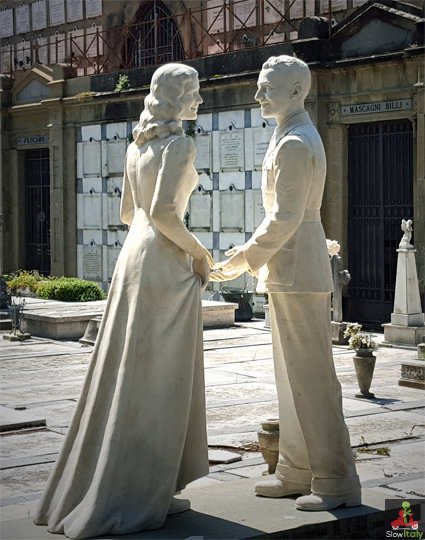
The first striking element is that they died one year apart, whereas they seem to be depicted on their wedding day; she is wearing her wedding gown and he his military uniform. Instead, story has it that they are brother and sister and that she passed away just before her wedding, reason why she is depicted in her wedding gown and wearing her husband-to-be’s name. Her brother, however, died on the battle field and it was their mother who had this sculpture made in their honor.
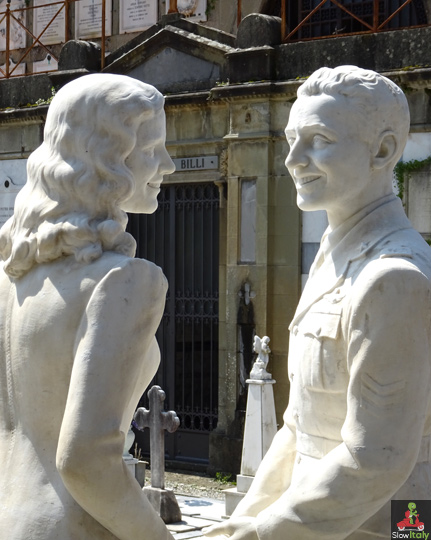
8. Cemetery of Bonaria, Cagliari, Sardinia
Built in 1829 this cemetery retraces two hundred years of Sardinian and Italian history, from the Kingdom of Sardinia, to the Kingdom of Italy and the Italian Republic, featuring sculptures by Sardinian and continental artists ranging from neoclassicism to realism, symbolism and Art Nouveau.
The cemetery was built on a necropolis that had been used by Punic, Roman and early Christian communities that had settled in Cagliari. The first tombs were caves carved into the limestone of the hill.
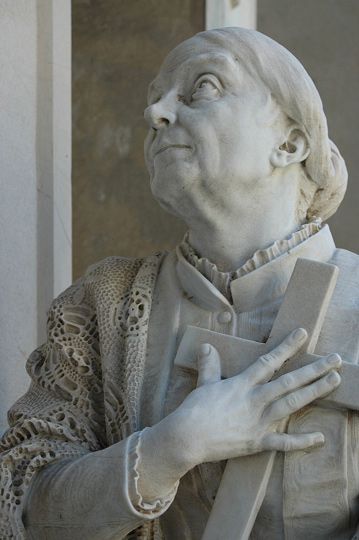
Noteworthy are the tombs of Giuseppe Todde and Vittorio Raspi, featuring their two widows. They are a rare instance were the funerary sculptures of the spouses have been executed with so much detail and humanity that they almost completely overshadow the deceased.
Related articles:
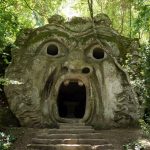
The mysterious Park of the Monsters of Bomarzo
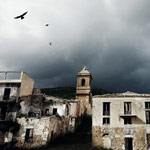
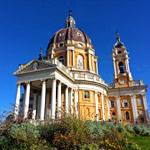
Superga: a basilica, a tragedy, and the birth of a legend
